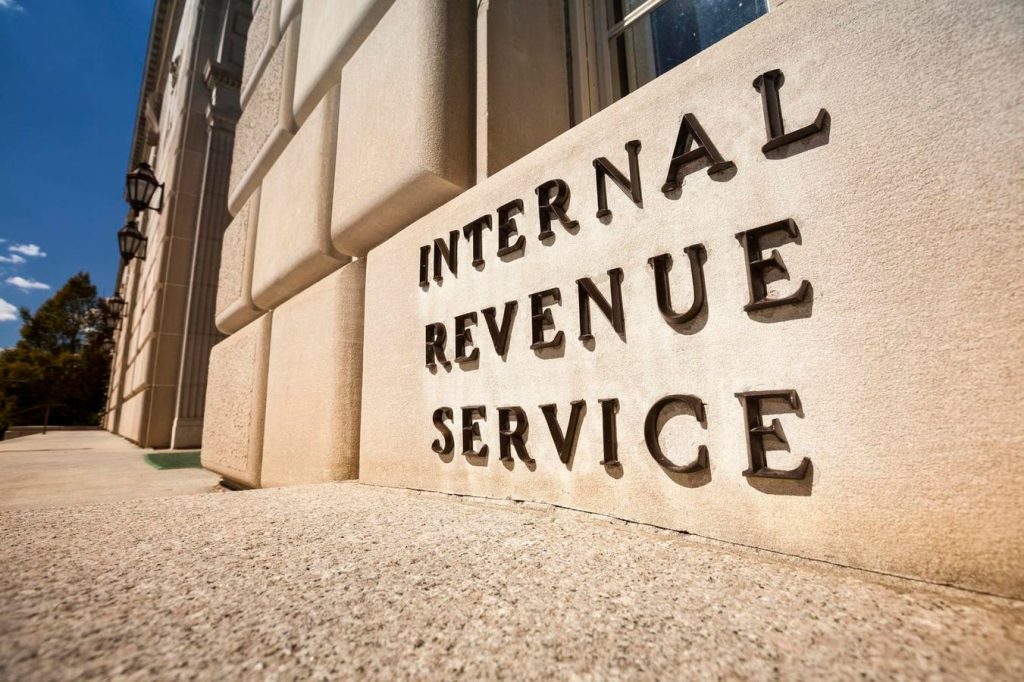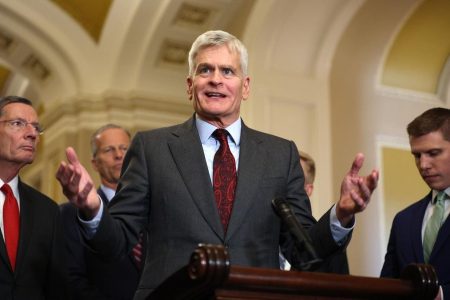The Internal Revenue Service (IRS) has recently shifted towards a more defensive stance, increasingly relying on federal courts to validate its published guidance. This follows a trend of federal courts overruling IRS guidance due to procedural flaws, often involving non-compliance with the Administrative Procedure Act (APA). The 2024 Supreme Court decision in Loper Bright further reinforces this pattern, suggesting continued challenges to IRS guidance on both procedural and substantive grounds. However, the IRS has now significantly limited taxpayers’ ability to contest such guidance within the agency itself, forcing them into potentially costly and burdensome litigation.
Historically, the IRS Independent Office of Appeals (IRS Appeals) has offered taxpayers an alternative to litigation. Since 1927, this quasi-independent body within the IRS has provided a forum for resolving tax disputes through a “hazards of litigation” analysis. This assessment, conducted by an appeals officer, evaluates the taxpayer’s potential success if the case proceeded to federal court, fostering fairness and impartiality. The Taxpayer First Act of 2019 (TFA) codified many of these principles, mandating that IRS Appeals resolve disputes fairly, promote consistent application of tax law, enhance public trust in the IRS, and be “generally available” to taxpayers.
While the TFA’s “generally available” language implies some limitations on appeals review, the IRS has historically exercised discretion in accepting cases. Pre-TFA guidance allowed IRS Appeals to decline cases involving constitutional challenges to tax statutes or those where pursuing litigation served broader government strategic goals. Following the TFA, the Treasury Department and IRS sought to formalize these limitations, culminating in final regulations issued in January 2025. These regulations, effective February 14, 2025, outline the scope of IRS Appeals’ authority and define specific exclusions, significantly impacting taxpayers’ ability to challenge IRS guidance.
The final regulations define a “federal tax controversy” as a dispute arising from IRS administration or enforcement of tax laws concerning a taxpayer’s liability for income, employment, excise, estate, gift taxes, penalties, or additions to tax. This includes liabilities and penalties outside the Internal Revenue Code, such as those under Title 31 (e.g., FBAR penalties). However, the regulations carve out significant exceptions to IRS Appeals review, including challenges to IRS guidance, thereby limiting the scope of disputes that can be resolved outside of court.
Crucially, the regulations severely restrict challenges to IRS guidance. Specifically, Treas. Reg. § 301.7803-2(c)(19) and -2(c)(20) prohibit IRS Appeals from considering taxpayer challenges to treasury regulations, notices, and revenue procedures. This includes both substantive and procedural challenges, such as arguments based on the APA’s notice-and-comment requirements. The single exception to these exclusions arises when a federal court has already invalidated the guidance in question, and that decision is no longer subject to appeal. This effectively forces taxpayers to initiate costly litigation to challenge IRS guidance, precluding the less burdensome option of resolution through IRS Appeals.
In conclusion, while recent court decisions have highlighted the vulnerability of IRS guidance to legal challenges, the new regulations significantly restrict taxpayers’ ability to contest such guidance within the agency. By precluding IRS Appeals from considering these challenges, except under very limited circumstances, the regulations effectively force taxpayers into the federal court system. This shift increases the cost and complexity of challenging IRS guidance, potentially discouraging legitimate challenges and hindering efficient dispute resolution. Taxpayers must now carefully consider the financial implications of pursuing such claims, as access to the more accessible and less formal avenue of IRS Appeals has been significantly curtailed.










